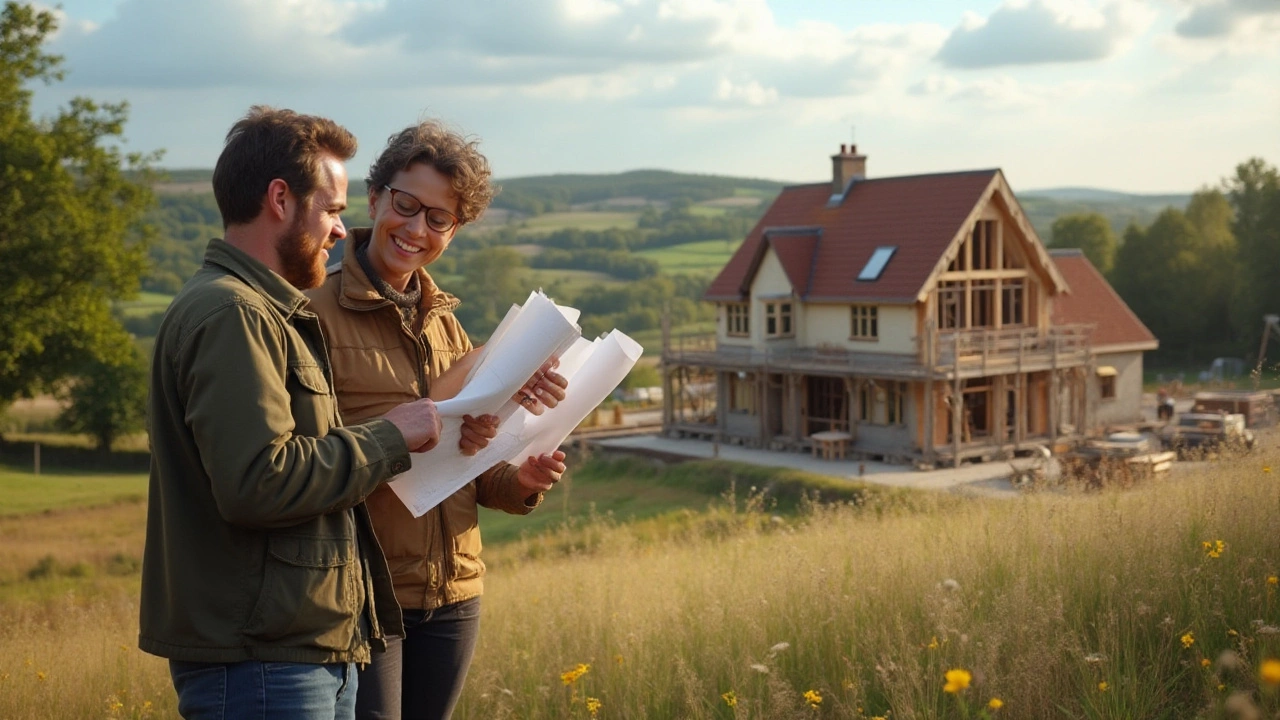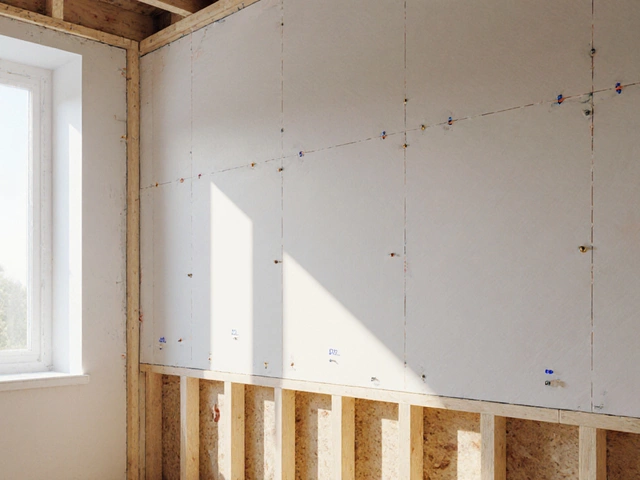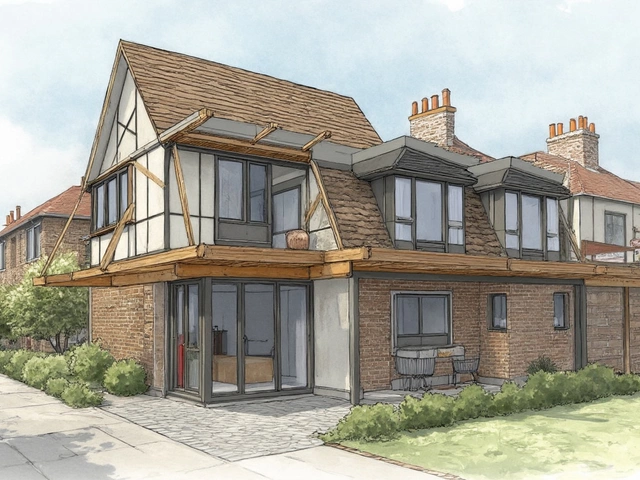New Home Challenges – What to Expect and How to Tackle Them
Buying or building a new house feels exciting, but it also comes with a few hidden hurdles. Whether you’re dealing with a stubborn foundation crack, unexpected mold, or budgeting headaches, the right info can turn a scary surprise into a quick fix. Below you’ll find the most common new‑home problems and easy steps to handle each one.
Common Structural Issues You’ll Face
First up, the foundation. Small hairline cracks are usually harmless, but wide gaps, shifting slabs, or uneven floors signal bigger trouble. Look for doors that stick, windows that won’t close, or walls that bow. If you spot these signs, call a structural engineer fast – catching the issue early saves a lot of money.
Second, settling. Even a well‑built house can settle a bit over the first 20 years. Minor settling often shows as tiny cracks in plaster or a slight slope in the yard. Keep an eye on drainage; water pooling near the footings speeds up soil movement. Simple grading fixes or French drains can stop further settlement.
Third, moisture and mold in new builds. Moisture gets trapped when walls aren’t properly sealed or when vapor barriers are missing. A musty smell or visible spots on walls means you need to improve ventilation and check the waterproofing around foundations and roofs. Using a dehumidifier during the first few months can keep things dry.
Finishing Touches and Budget Tips
After the big stuff is sorted, you’ll move on to interior finishes. Dry‑fit kitchens and bathrooms before the final install. This lets you spot alignment problems, missing utilities, or awkward gaps early – fixing them now is far cheaper than tearing out a finished space later.
Flooring choices also affect cost and longevity. Engineered hardwood, luxury vinyl, and porcelain tiles each have pros and cons. Pick a material that matches the room’s traffic and your budget. A quick online cost calculator can help you compare prices before you order.
Finally, negotiate wisely. Roofing, landscaping, and even some material deliveries are often quoted per square foot. Ask for a detailed breakdown, compare local rates, and don’t be shy about asking for a discount if you bundle services. Small savings on each line item add up to a big dent in the total.
Use the posts under the "new home challenges" tag as a quick reference. Each article dives deeper into topics like foundation repair methods, DIY waterproofing, and the 345 rule for layout design. Bookmark the ones that match your current project and follow the step‑by‑step guides – they’re written for DIYers and pros alike.
Bottom line: new home challenges are mostly predictable if you know what to look for. Regular inspections, early professional input, and a solid budget plan keep surprises minimal. Got a specific issue? Dive into the related post, apply the tip, and you’ll be back on track in no time.
Disadvantages of Building Your Own Home: What to Consider

Building a new home from scratch can be an exciting adventure, but it comes with its own set of challenges and drawbacks. Potential homeowners must be prepared for potential budget overruns, unexpected delays, and emotional stress that can accompany the building process. Additionally, dealing with complex regulations and choosing the right location are crucial factors that can impact the project's success. Taking these cons into account can help individuals make informed decisions about pursuing their dream home. Be aware of the pitfalls to effectively navigate the path of new home construction.
read more



